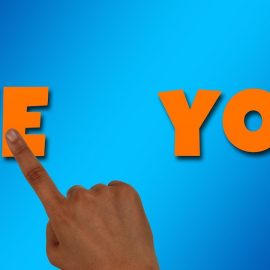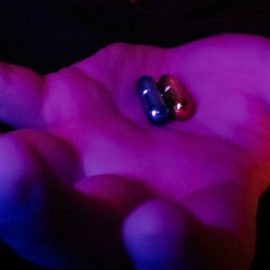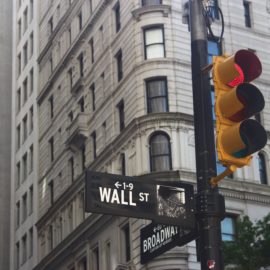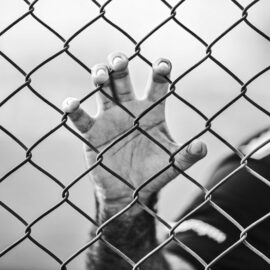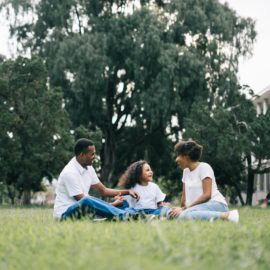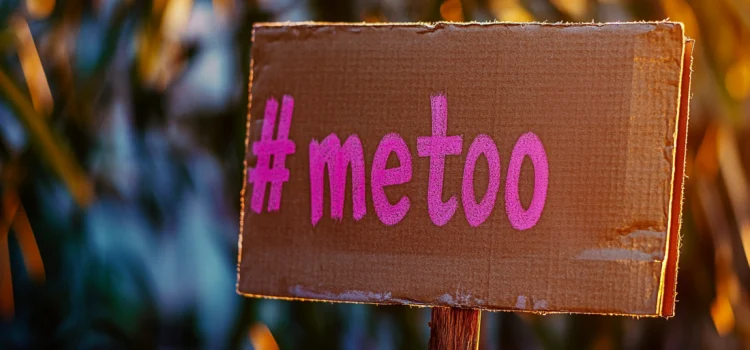

This article is an excerpt from the Shortform book guide to "Unbound" by Tarana Burke. Shortform has the world's best summaries and analyses of books you should be reading.
Like this article? Sign up for a free trial here.
When did the “me too” movement become popular? How did founder Tarana Burke feel about the growth of the “me too” movement?
Burke explains that her grassroots “me too” movement eventually transformed into something much larger. This transformation evoked both hopes and fears for the future of the movement.
Let’s explore that transformation and its effects now.
How “me too” Became #MeToo
Burke explains that her “me too” movement became a national phenomenon shortly after she moved to Philadelphia. She promoted it via Myspace, which created an influx of questions about how survivors could get involved or access resources. But the “me too” movement became popular in 2017, 12 years after Burke established it. In the wake of accusations levied against director Harvey Weinstein, actor Alyssa Milano tweeted a request for any woman who’d experienced sexual violence to use the hashtag #MeToo. Milano hoped that this would illustrate how pervasive sexual violence was. The hashtag exploded in popularity, leading to what’s known as the #MeToo movement.
(Shortform note: The #MeToo movement was one of a series of Twitter campaigns, occurring in short succession, that were designed to raise awareness about sexual violence. Other trending hashtags included #NotOkay, inspired by Trump’s predatory behavior, and #BelieveWomen, inspired by Christine Blasey Ford’s accusation against then-nominee for the Supreme Court Brett Kavanaugh. After Milano tweeted #MeToo, which she said she hoped would shift attention onto victims and away from offenders like Weinstein, a deluge of tweets about sexual violence followed, ushering in a new era of online sexual violence disclosures. In 2020, Weinstein was sentenced to 23 years in prison for his sexual crimes, although the conviction was overturned in 2024.)
When Burke learned about the #MeToo hashtag, she feared that wealthy white women were co-opting her movement, which was intended to prioritize Black people’s healing. To some extent, she says, that’s exactly what happened: The #MeToo hashtag focused national attention on wealthy white women’s experiences of sexual violence, even though Black girls, women, and nonbinary people suffer disproportionately higher rates of sexual violence and are less likely to access support and healing resources. However, Burke also says that #MeToo paved the way for victims who felt alone or ashamed to speak their truth and make healing connections with a community of survivors—in this respect, her original intentions for the movement were realized.
(Shortform note: The lack of support Black women receive despite their increased risk of sexual violence is rooted in historic racism. In Redefining Rape, historian Estelle Freedman explains how racist stereotypes led to cultural and legal definitions of rape that made it impossible for Black women and girls to identify as victims (especially when the perpetrators were white men). For example, in some states, the age of consent was lower for Black girls than for white girls, making Black girls more vulnerable to abuse without options for recourse. Black survivors, including Burke’s child Kaia, argue that this form of racism is ongoing—to illustrate, one expert notes that Black-centered sexual violence organizations tend to receive less funding.)
Burke’s Work on Surviving R. Kelly
Burke has lent her expertise on healing from sexual violence to projects outside her “me too” movement. For example, she contributed to the Surviving R. Kelly docuseries, which detailed R&B artist R. Kelly’s serial abuse of Black girls and women. Burke says that she hoped this docuseries would create an opportunity for honest, healing conversations about sexual violence in the Black community, empower Black women to speak up and begin healing, and encourage Black men to join the fight against sexual violence. However, the docuseries provoked significant backlash from the Black community, and she was accused of hating Black men.
Burke lists a few reasons for the backlash that resulted from Surviving R. Kelly: First, the Black community often protects men who are accused of sexual violence. This tendency evolved from a history of white women falsely accusing Black men of rape, which led to the men’s incarceration or death. The community is especially likely to protect Black men who make valuable contributions to Black culture—both R. Kelly and James Bevel, who we mentioned earlier, fall into this category. Protecting these men often amounts to silencing or scorning their Black female accusers. Second, because white racists view Black people as a homogenous group, Black people are incentivized not to draw attention to any Black person’s moral failings.
Burke explains that since neither the #MeToo movement nor the fallout of the Surviving R. Kelly series created space for the Black community to begin healing from sexual violence, she continues to promote that healing from inside the community-focused “me too” movement. She hopes that by continuing to share her story and work with individuals within her community, she can foster a supportive environment for Black survivors of sexual violence and encourage a culture of accountability for abusers.

———End of Preview———
Like what you just read? Read the rest of the world's best book summary and analysis of Tarana Burke's "Unbound" at Shortform.
Here's what you'll find in our full Unbound summary:
- The origin of the viral phrase “me too”
- What Tarana Burke did to heal from the experience of childhood sexual abuse
- The story of the #MeToo movement

